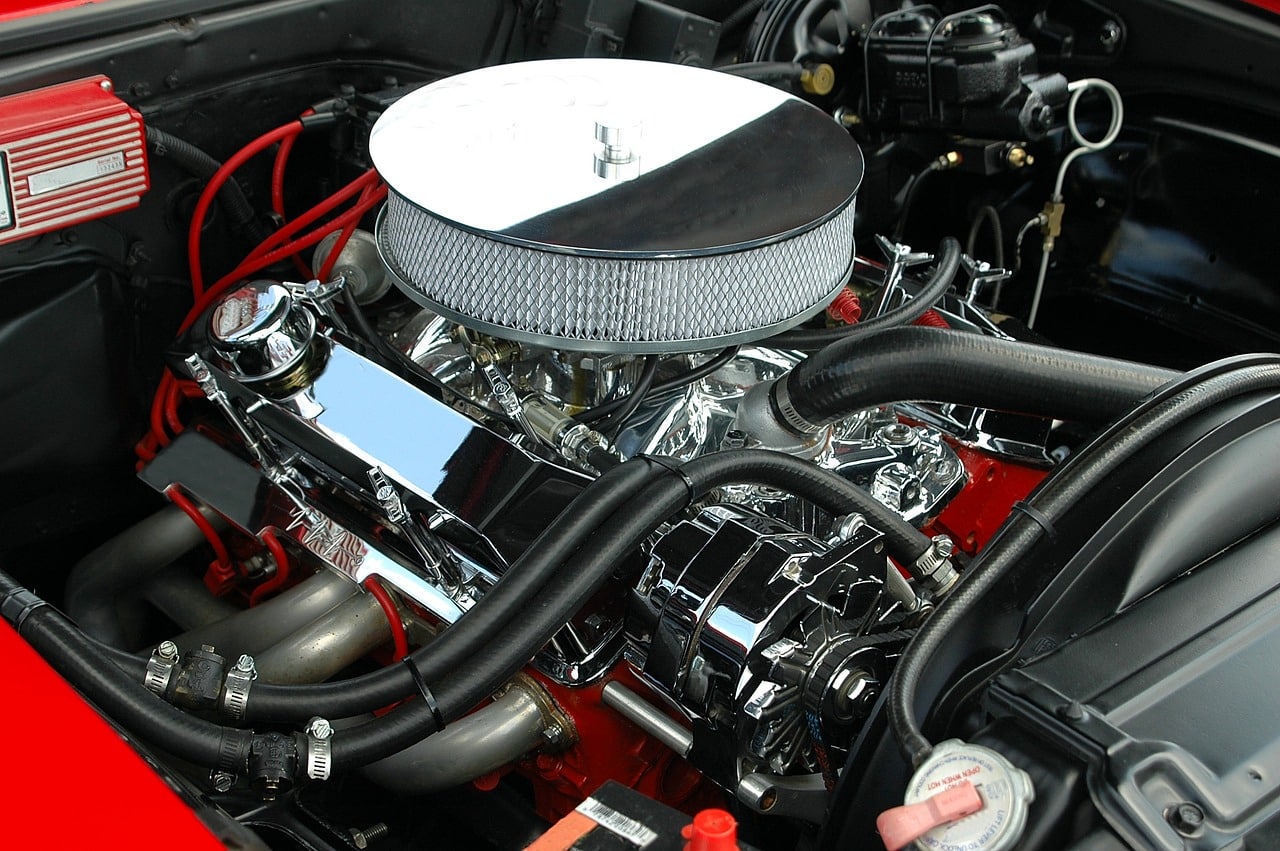Many performance claims have been made since the invention of the first internal combustion engine centuries ago. A slew of fuel additives, magic lubricants, and novel carburettors promise to improve your vehicle. A recent study suggests many benefits of improved engine performance, including fuel economy, driving safety, and better and smoother acceleration. The tips below can help achieve these.
1. Review your ignition
The car’s ignition is known to be a low-maintenance part for many years. So until it misfires or the “check engine” indicator lights on the dashboard, it is not give much attention. The reality is that automotive maintenance should still involve ignition systems. And it would help if you still replaced your spark plugs regularly. Look for the best high-performance ignition components, such as ignition wires, spark plugs and coils, when it comes time to replace ignition parts. Your best options are always high-end aftermarket components and original grades. The reasoning behind this is that perfect ignition operation equals power. A misfire or a dim light implies lost power, wasted fuel, and higher tailpipe emissions. No matter how little, a powerful spark from a superior-quality ignition system makes a difference in power.
2. Reduce the vehicle’s weight
Consider how exhausted you were after carrying a hefty burden. You most likely did not have the strength to handle any more weight as easily as you typically could. When you store a lot of additional goods in your car, the same thing happens. Try removing heavy pieces throughout the vehicle to boost your engine performance. Consider replacing the vehicle parts with lighter alternatives. These modifications include removing superfluous seats and other unnecessary goods from the trunk, replacing glass windows with acrylic ones, and replacing traditional brakes with disc ones. Reducing the vehicle’s total weight can also improve its aerodynamic properties and allow the engine to utilize power more effectively.
3. Enhance compression
Because your engine generates power through compression, this is among the simplest methods to increase performance in your engines. Despite its appeal and the logic behind the strategy, you must exercise caution while increasing compression. The trick is to increase power without causing damage to the engine. Higher compression helps your engine to create more power while using less fuel and fewer exhaust emissions. However, increasing compression must be coordinated with the camshaft, which also influences the cylinder. You can schedule an appointment with your local auto shop to learn how to enhance your compressions and camshafts!
4. Use larger injectors and throttle bodies
Depending on your engine, a larger throttle body can add at least 15 horsepower and equivalent torque. But, like cylinder heads, a too-big throttle body may have the opposite effect. So, once more, it is advisable to research ahead of time to determine whether a larger throttle body would fit your engine. You can learn from others with comparable car engines by browsing the internet. Also, remember that a bigger throttle body requires larger fuel injectors. A proficient dyno tuner will fine-tune the injector/throttle body modification by adjusting your automobile’s spark and fuel curves.
5. Select the right cylinder head
Cylinder head selection is ideal for people looking to boost their engine performance. A decent cylinder head replacement will give you greater power when the selection is done correctly. Bigger is not necessarily better. Consider the valve, port size, and flow figures to make an informed decision. Remember that you want traction on the road, which requires high intake velocity and appropriate exhaust scavenging. To get there, you don’t need massive valves and monster ports. You can also get a camshaft profile to complement your cylinder head for adequate overlap and flow-through momentum.
6. Implement cold air intake
The mechanism underlying Cold Air Intake (CAI) system is based on the idea that air density rises as temperature falls. Denser air burns the fuel more efficiently, increasing power. A new air filter is included when you purchase a CAI system. However, the replacement filter may appear bigger than the factory air filter. A CAI system further straightens the air’s path to reach the engine. Curves slow down and churn the air as it goes through the turns, allowing air to reach the engine faster by eliminating the convolution operation in the pipes.
7. Upgrade your exhaust system
Take better output into account when improving air intake. The faster your automobile can expel carbon monoxide, the quicker it can replace it with new, clean air, allowing your engine to keep producing high power. Switching from a standard exhaust pipe to a larger, free-flowing pipe will allow you to discharge exhaust considerably faster and maintain your engine running at peak performance. In comparison, custom exhausts have been shown to allow extra airflow to increase performance. You can check out the ford bronco exhaust if you are looking for a system upgrade with greater horsepower, top pulling power, faster acceleration, and quicker throttle response.
8. Examine the jet size
A jet switch is risky because your car will likely lose power if you don’t acquire the proper size. As a result, the suggested technique is to dabble with a jet kit. Begin with primaries and gradually raise the jet size, checking the output with every size as you go. If you discover that advancing higher causes power losses, try moving downwards, analyzing every one of your jet sizes.
9. Apply synthetic lubricants
There are three types of motor oil: traditional, synthetic, and mixed. It is recommended to choose synthetic for endurance, durability, and all-temperature usage. Synthetic lubricants contain compositions that allow them to outperform traditional engine oils, providing improved lubrication. Standard lubricants can break down prematurely when the engine gets too hot, whereas synthetic lubricants do not. Adding a tested additive to whichever oil you use can boost performance. The synthetic-formula additive minimizes engine friction, lowering the heat and allowing the engine to operate longer and harder with minimal damage.
Every automobile owner understands the significance of engine health and performance. Unfortunately, not many know that improving your engine performance does not need complicated technologies. Following the above tips ensure significant improvement in your engine’s overall performance.






